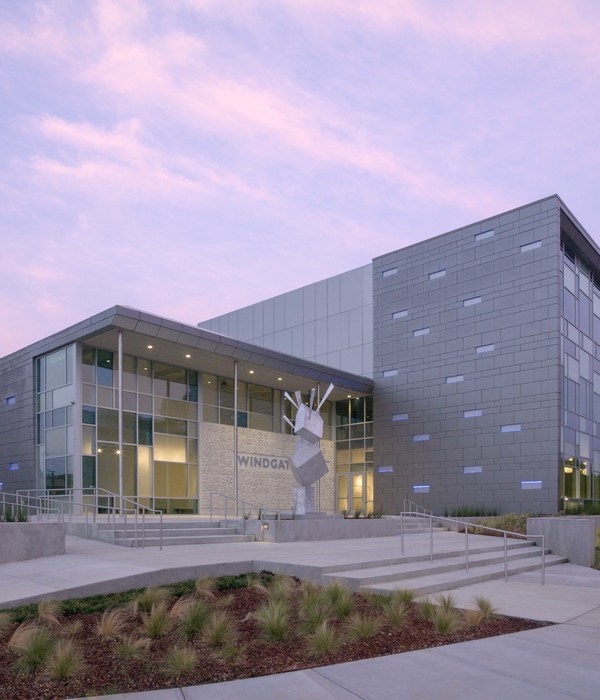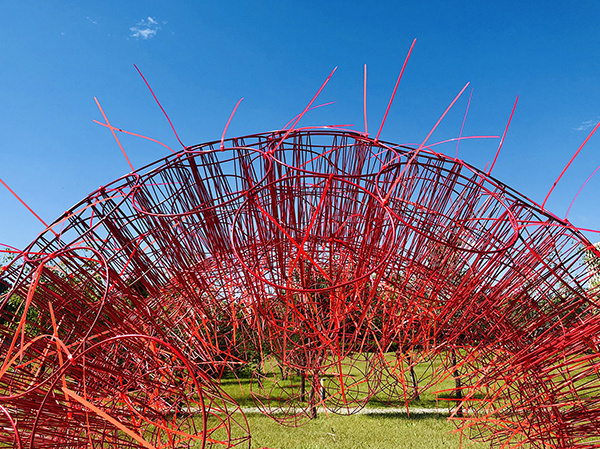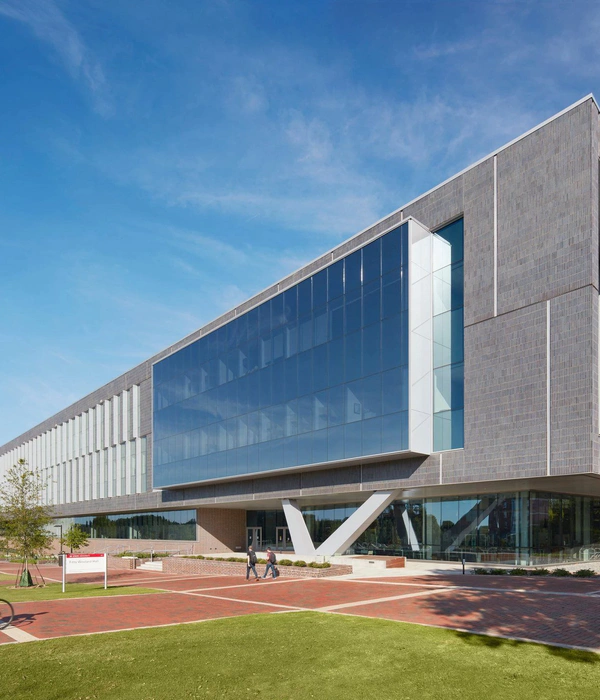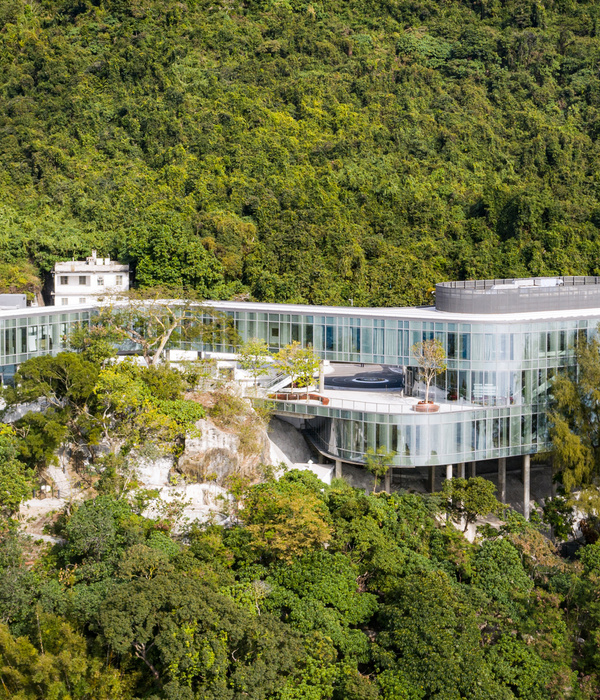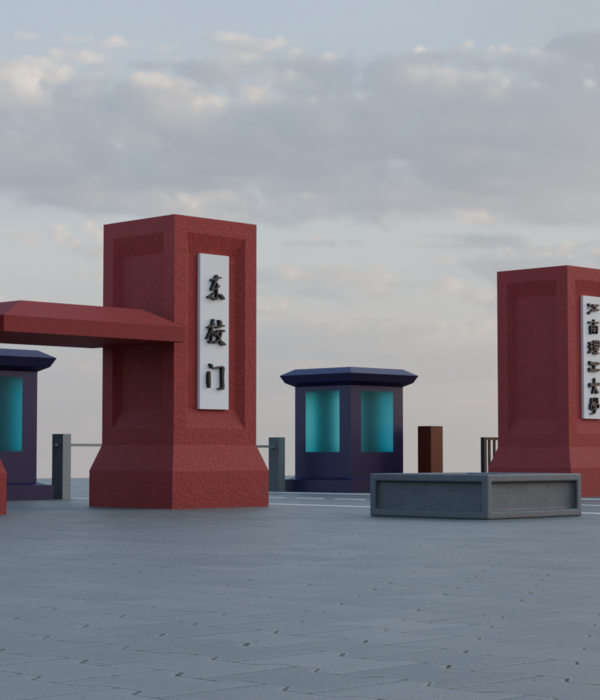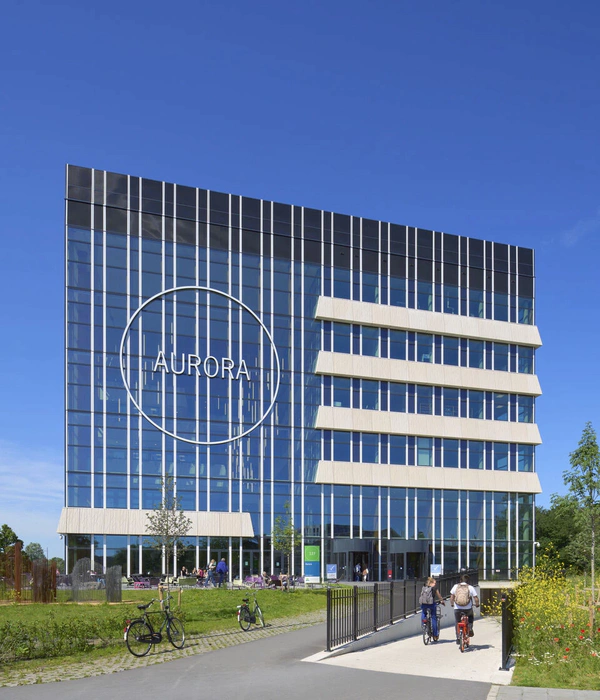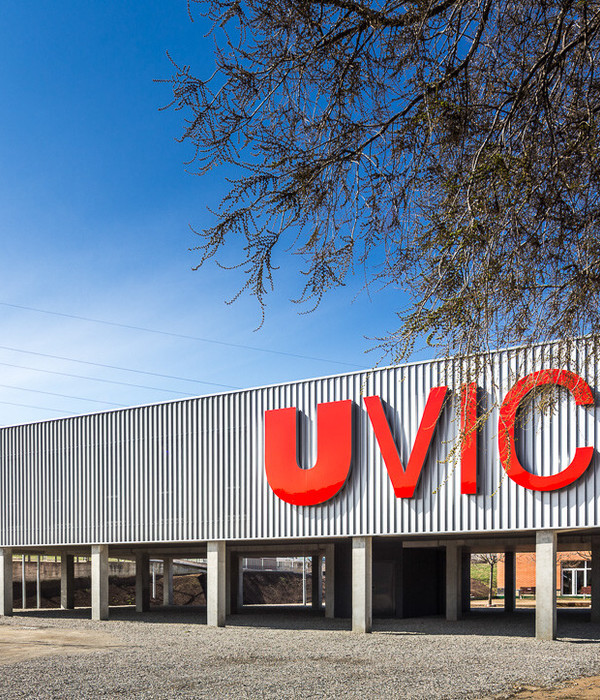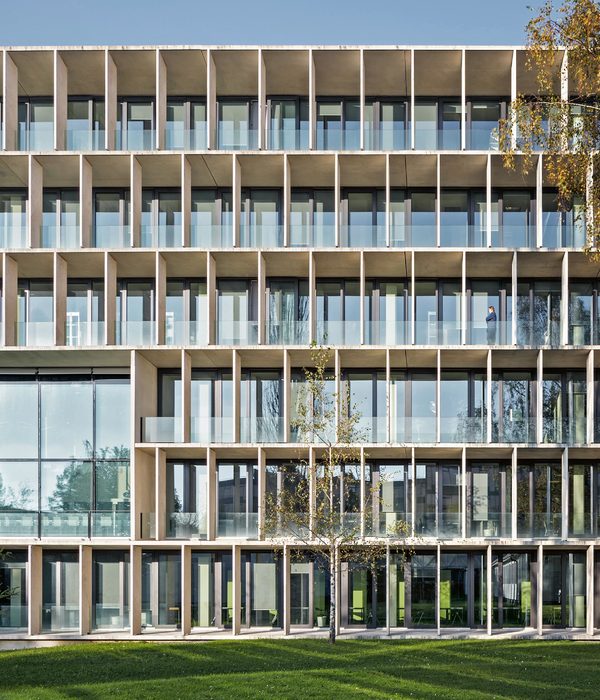Project Initiative Organizer: Design for Disaster (D4D)
Architect: Vin Varavarn Architects
Engineers: Next Innovation Engineering Co,.Ltd
Consultants:
The Association of Siamese Architects under Royal Patronage
The Engineering Institute of Thailand under H.M. King's Patronage,
The Consulting Engineers Association of Thailand,
Thai Contractors Association
Project History
On May 5th, 2014, a strong earthquake of 6.3 Richter struck Chiang Rai Province in the North of Thailand, destroying 73 schools affecting over two thousand students. Through the initiation of a non-profit network named Design for Disasters (D4D), a post -disaster recovery program was launched to design and build 9 new earthquake resistant school buildings in the most affected areas. Nine emerging Thai architects were assigned to design new school buildings, one for each school.
Our assigned school is Baan Huay Sarn Yaw Witthaya School. The school is an Extending Opportunity Secondary School, which accept the student who are unable to enter the district schools. All the students come from poor hill tribe families and most of them have a short learning concentration ability.
For this project, the Engineering Institute of Thailand and The Consulting Engineers Association of Thailand provided the engineering support. Thai Contractors Association linked the team to construction companies while the Association of Siamese Architects assisted in providing technical support and gathered public donations in the form of funding and construction materials through its network.
The school needs the new building that consists of 3 new secondary student classrooms to replace an existing one which have been destroyed by the earthquake. The design requirements specified that the new classroom building must be earthquake resistant, easily constructed by local workers and requiring as low budget as possible. Most of the selected building materials had to be lightweight to reduce horizontal momentum caused by the weight of the building during an earthquake. The school director also would like to see the new building integrate and harmonize with the surrounding nature.
Project Financing
Since this project is social response project, the architect provides a free design services. The construction costs is sponsored by the generosity of Phra Maha Wudhijaya Vajiramedhi, a highly respected monk in Chiang Rai; and the donations from the general public and various public and private organizations. Travel expenses was sponsored by Bangkok Airways Public Company Limited.
Design Approach
Our design approach comes from our research through the study of the site and school background. The design approach has been carefully thought out in order to create an architectural concept which can response to all the project constraints such as the site problems, the budget limitation, the time limitation, etc. Most important thing is that the design should be able to motivate students to enjoy learning and coming to school.
The design principle is to challenge with the traditional believe that the enclosed classroom would encourage students to concentrate more with their studies. In contrast, our new classroom concept will be the learning spaces which totally open up to beautiful natural surrounding of the site, the priceless existing resources. The students can connect to the nature around them. The sound of birds, winds, shades and shadows will creating a relax atmosphere which can benefit their learning development. We believe that the beautiful nature can create a good learning motivation for student at this young age and also can enliven the atmosphere for children who were victims of the disaster. Also such a design approach contributed to cost saving with much lighter structure, thus more conducive to earthquake prone area.
Architecture Concept
The proposed architecture is a one simple building which can integrate with the beautiful natural surrounding and blend in with the local context of the site. As well as functional and beautiful design, the proposed building should become a prototype architecture that can easily develop, modify, or adapt to other types of building; such as houses, pavilions, libraries, etc. So that, in long term, it can benefit to the people in the community as much as possible.
For the layout, three classrooms have been combined into one building to minimize the land use. At the same time, we try to avoid the new building to affect to the surrounding trees.
The building become as a long pier that connected to the ground on the back side and reached into the air on the front side, utilizing the land slope problem to create an extra semi-outdoor multi-functions space under the front part of the building. While the back end of the building connected to the ground, provide easy access and can be used as a terrace where student could gather and socialize.
The building structure is made of steel, as it provides flexibility and appropriateness in an earthquake prone region. In addition this type of structure could be constructed quickly. In the design of this structure, the architect and engineer have considered the maximum use and size of every piece of steel to be used, in order to economize the construction costs. Therefore the modular system and structural span, including all the architectural details derived from the calculated sizes of every piece of steel. The engineer has included steel bracing as clearly shown at various points in the structure. At the same time, the architectural design created a solid structural form that is suitable to withstand the force of an earthquake.
All the structural elements had been designed to be exposed to reduce the unnecessary cost. And because of the design, the school become as a learning tool for student and the local people to learn and understand about earthquake proof building which they have never seen before.
The natural local materials, such as Bamboo, had been proposed in selected areas to substitute expensive modern materials.
On both side along the building, we have proposed a bamboo shelves detail to provide spaces for colorful flower pots for students to take care. The shelves served as safety measure preventing children from falling as well as to create charming atmosphere both outside and inside the building. All the flower are coming from the student plantation at the back of the school. The flower pots represent our secret message to remind the children that in spite of the harsh and cruel realities caused by natural disasters, nature can also bring them beauty and joy to every day of their lives.
{{item.text_origin}}


